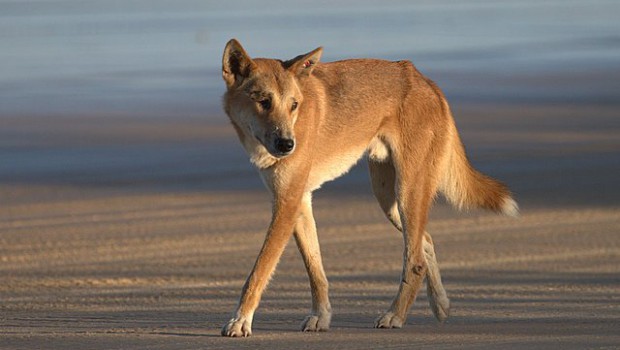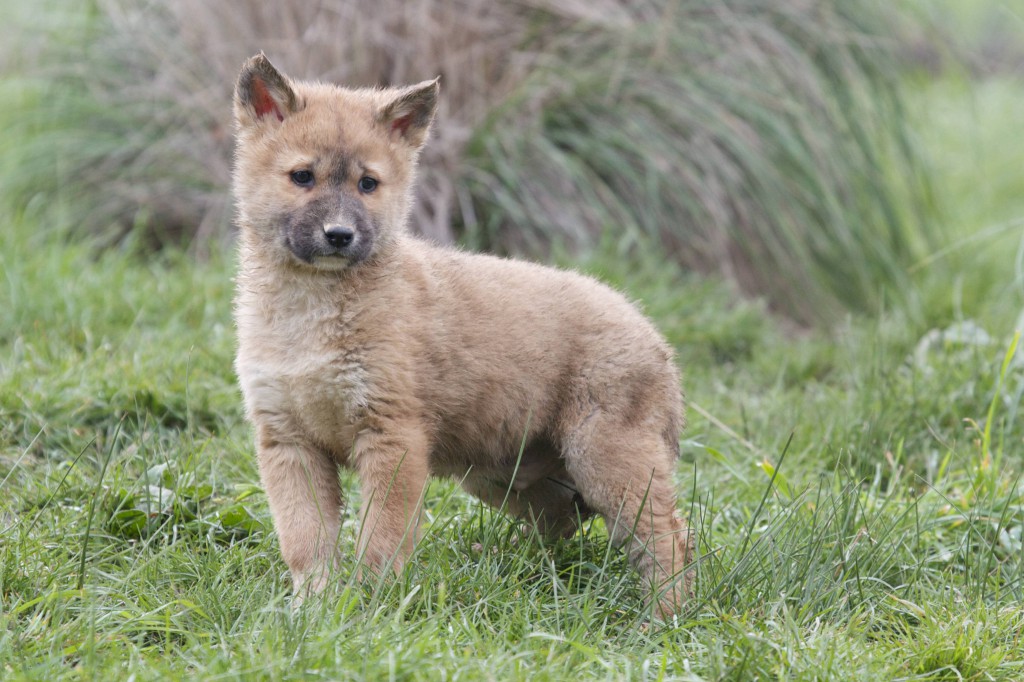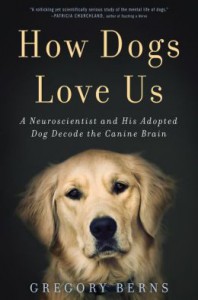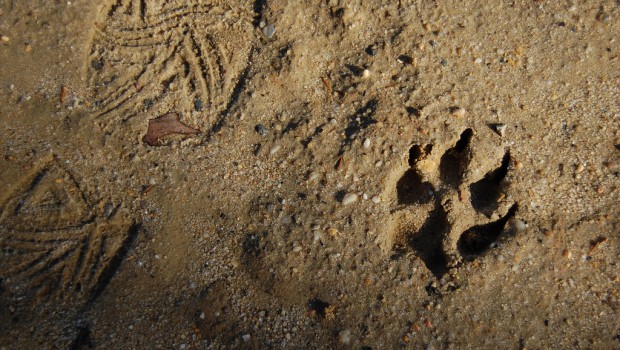Are we guilty of anthropomorphism in dogs? As dog owners it’s very easy to humanise our pets.
Julie Hecht, MSc, is a researcher and science writer fascinated not just by animal behaviour and welfare, but how we think about animals and the consequences of those thoughts.
Take anthropomorphism (attributing human characteristics to animals or objects) as a key example.
In this episode of Human Animal Science we explore what actually happens when we think that dog is guilty; or that cat is grumpy.
We discuss why we anthropomorphise and how it impacts on the animals.
Podcast
What is anthropomorphism in dogs?
Anthropomorphism is the attribution of human characteristics to non-human entities.
In dogs, it can manifest as attributing emotions such as love, loyalty, and happiness to dogs, or expecting dogs to understand and communicate with us in ways that they do not. At least not in the same ways we do.
Do dogs know the difference between humans and dogs?
Dogs are intelligent creatures who are capable of complex social interaction, which means they’re able to pick up on our cues and learn from us.
However, studies show dogs actually see us as a member of their pack, not a separate species.
This means dogs do not necessarily know the difference between humans and dogs, but are capable of forming attachments to both.
Links
Dog Spies: www.dogspies.com | Dog Spies Blog on Scientific American
Horowitz Dog Cognition Lab (Barnard College, Columbia University, New York)
Publications
Do dogs feel guilty? Jason Goldman | Scientific American
Image credit: Flickr/Brainware3000








